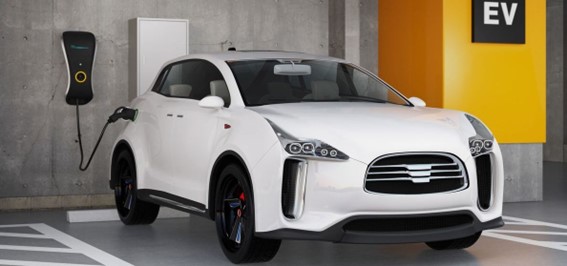2024/09/26
Slumping EV Market: Continue Investing to Technological Innovation for Creation of New Mobility Demand

On September 10, Volkswagen (VW) told unions that it was scrapping a labor agreement that guaranteed workers of their “jobs until 2029.” Despite the hopes that the company was still “mulling over” the closure of its German plants as a way of reducing costs, the announcement threatened the workers of losing their jobs, this time for real. If the company were to shut down their factories in its home country, it will be for the first time in its history since its foundation in 1937. The potential closure came as a great shock to 300,000 workers in Germany. IG Metall, the largest industrial union in Germany, vowed to resist to the closure.
One of the reasons for VW’s restructuring in its home country is the hovering energy prices, which is particularly an issue in Germany. But a root cause of their sluggish sales is the stagnation of the global EV market. Just after the scandal of cheating diesel-emission tests, VW promptly shifted to investing in electric cars. However, the rapid rise of China's emerging specialty automakers, the dropping EV sales price, and the slowdown in market growth in China, Europe, and the U.S. have thrown a wrench to their business plan. In fact, VW was not the only one that “misread” the situation. Mercedes-Benz and Volvo, which had declared to be “fully electric by 2030,” stated that they are rethinking electrification goals. GM and Ford announced to scale back their EV investments. Tesla reported a drop in its financial outlook for the current fiscal year.
Amid the apparent slumping of the EV market, sales of HEVs have grown, and by that Toyota’s “all-round” strategy earned kudos. Nevertheless, the “shift” from internal combustion engine vehicles (ICE vehicles) to EVs is decelerating only in the regions where huge ICE vehicle industries and mature markets already exist, such as in Europe, the U.S., and Japan, and not in countries where the automobile market is still “developing.” Now is the time for Southeast Asia (to shift to EVs), and thus it is a major target for Chinese EV makers with geographical advantages in exports and direct investment. Consequently, in proportion to the increase of EV sales share (among all vehicle sales), Japanese automakers are at risk of losing presence in Southeast Asia despite its long “predominance”.
International Energy Agency (IEA) identified three market drivers for EVs: (1) Climate change action, (2) De-risking in economic security to combat oil dependency, and (3) technology innovation. However, as to (1), although decarbonization matters, it still requires significant amount of costs. As per (2), we cannot overlook economic security risks in sourcing battery materials. That being said, (3) seems to be an only feasible option. EV is highly compatible with IT and AI, and these technologies are suited for self-driving platforms. New mobility, which is not just a “replacement” of ICE but beyond, is the new market for automakers to compete. Japanese automakers should not rest on Toyota's laurels, saying things like “Toyota was right after all." It is the time for the automotive industry to rethink business strategies and accelerate investment in innovation.
This Week’s Focus, September 13
Takashi Mizukoshi, the President
*Related article: “EU to Increase Import Tariffs on Chinese EVs to Prevent Spillover of Price Competition from China“ (This Week’s Focus, June 14, 2024)
https://www.yanoresearch.com/hirameki/419